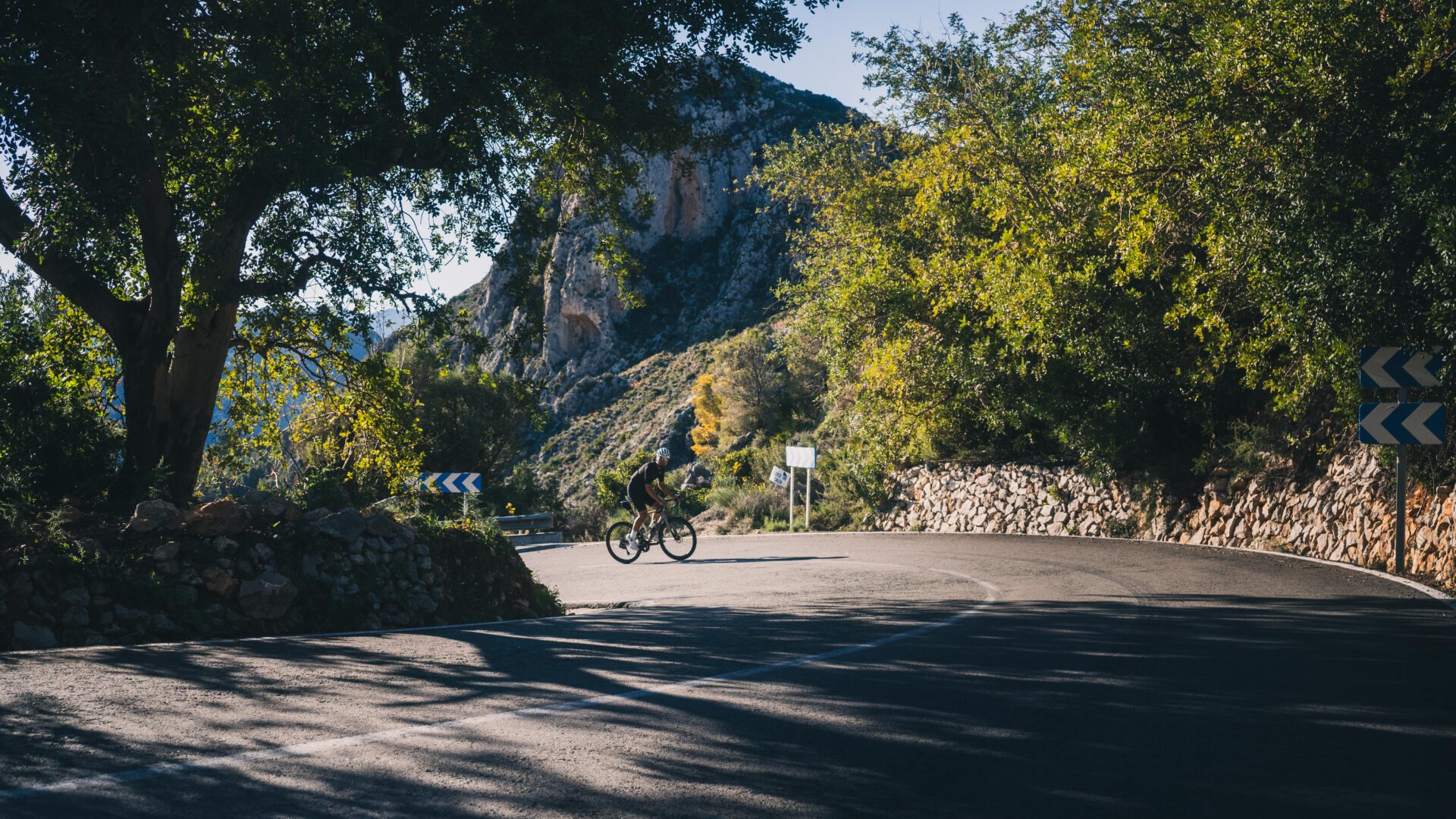La Fleche Brabançonne. It immediately sounds a lot more interesting than the harsh, Dutch, Brabant Arrow. What does it actually mean? So is it typical for Belgium to have both a Brabant and a Walloon Pijl? Of course, it is called Flèche Wallone there. That sounds better too. Just like the most important climb in the Flèche Wallonne: Mur de Huy. The translation: The Wall of Huy. Surely that sounds like a children's fairytale: Knight Peter and the Wall of Huy. Back to the Brabant Arrow and cycling in Flemish Brabant. Although the 'Flèche Brabançonne is traditionally a warm-up for the Amstel Gold Race and other hill classics, this race has a wonderful signature. Since the 2021 World Cup in Leuven, the 'S-curve' in Overijse is on everyone's mind. The following scenic route takes you through Flemish Brabant like an arrow. Enjoy it, won't you?

OHL - Oud Heverlee
For the football connoisseurs among us, the name Oud-Heverlee will immediately ring a bell. It is one of the components of the club 'OHL', not surprisingly 'Oud-Heverlee-Leuven'. Like many clubs, OHL is an amalgamation of all kinds of clubs from the region. Anyone with a little knowledge of the workings of football in Belgium knows that it is all about tribal numbers. Royal Antwerp has Trunk number 1, making it the oldest. OHL has number 18, thus also an old-timer. Although, one played with number 6142 until recently. Tribal numbers are often juggled, especially to avoid relegation or ensure promotion. Funny fact: OHL was under suspicion of gambling scandals, even declared to UEFA. That did not result in criminal action. in 2019, OHL was taken over by a new sponsor: gambling company King Power. Ironic?
Starting point
For this route, Oud-Heverlee is the starting point. The Sweet Waters is where this route starts and ends. Those names alone, you can enjoy that, can't you? On your return, you can also stop here nicely for a bite to eat and a drink, as there are several taverns. The route heads west from here, crossing the river Dijle towards the hilly area just east of Brussels and then towards Overijse where you briefly dive into the Walloon Region. The route is quite tough, with over 1,000 altimeters in just under 100 kilometres. Pay attention too, as there are some beautiful gravel strips in the route. Doable on a road bike, but keep it in mind!
Between Town and Village
That there are many names reused around the world is evidenced by the village of Duisburg. Not to be confused with the German city in Nordrein-Westphalia. For instance, there was once a story that a truck driver (pre-TomTom and Google Maps) was mistaken between the village of Soest in the Netherlands and Soest in Germany. An embarrassing mistake of some few hundred kilometres. Back to the Route. You pick up to Duisburg the beautiful Vosssemberg, which presents some 42 altimeters in 1.3 kilometres. With a maximum of 5%, this is a nice elevation gain in the landscape. In the course, they skip this section and head directly towards Overijse.
Koxberg, IJskelderlaan and Schavei
What's in a name they would have thought. Surely, with the Ice Cellar Avenue, you think there must have been an Ice Cellar near there. Koxberg perhaps refers to Mr Kox? But Schavei? In the route, we first cross the Schavei, which rises some 35 metres in 600 metres. Good for an average of 5.9 per cent. That's already more serious work. Next comes the famous S-curve, approached from the north in the course. In it, there is a stretch at 10 per cent, which still requires you to turn on. Should you be right in parking mode, you can ask for refreshments at 'Den Bonten Os'. Before we arrive in Overijse we also take the Hagaard, just like in the race. That's a real punch climb. 10% with a maximum of 13 over 300 metres. Allez!
Deer, Moskes and more
As in the 2021 World Cup course, we head towards Moskesstraat. We do so via the Hertstraat. Watch out, this deer has antlers, because this little climb is over cobblestones! Then through the country towards the east, towards Terlanen. There lies the next challenge. Up Moskesstraat (over cobblestones!) and then bulldoze down Bollestraat. Did one Jan happen to live here and didn't he also have a café? Enfin. It's uphill for a while via Neerpoortenstraat. From here we have to switch to French-speaking for a while, as this stretch takes us along the roads of the Walloon Region. Via Hamme-Mille, it then goes over beautiful shell paths and gravel roads to the forest around Mollendaal. A beautiful setting. Via the forest near Heverlee, freshwater awaits us again.





